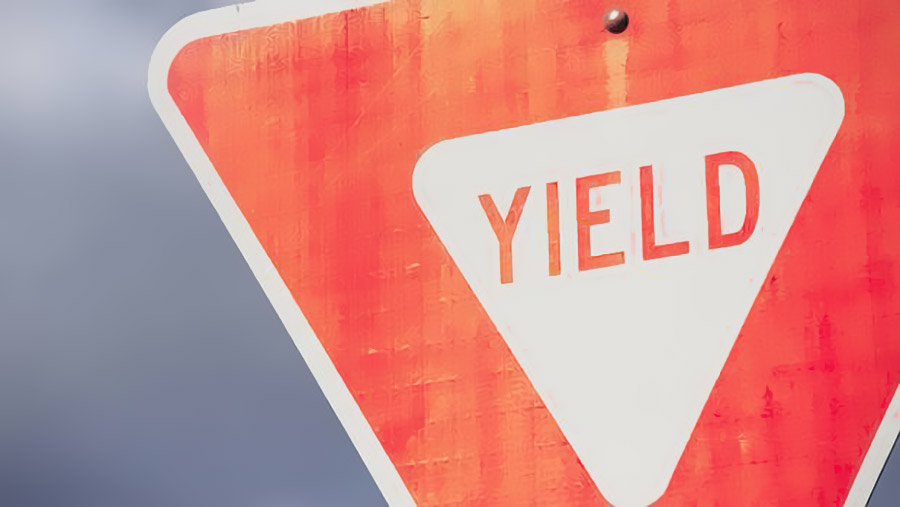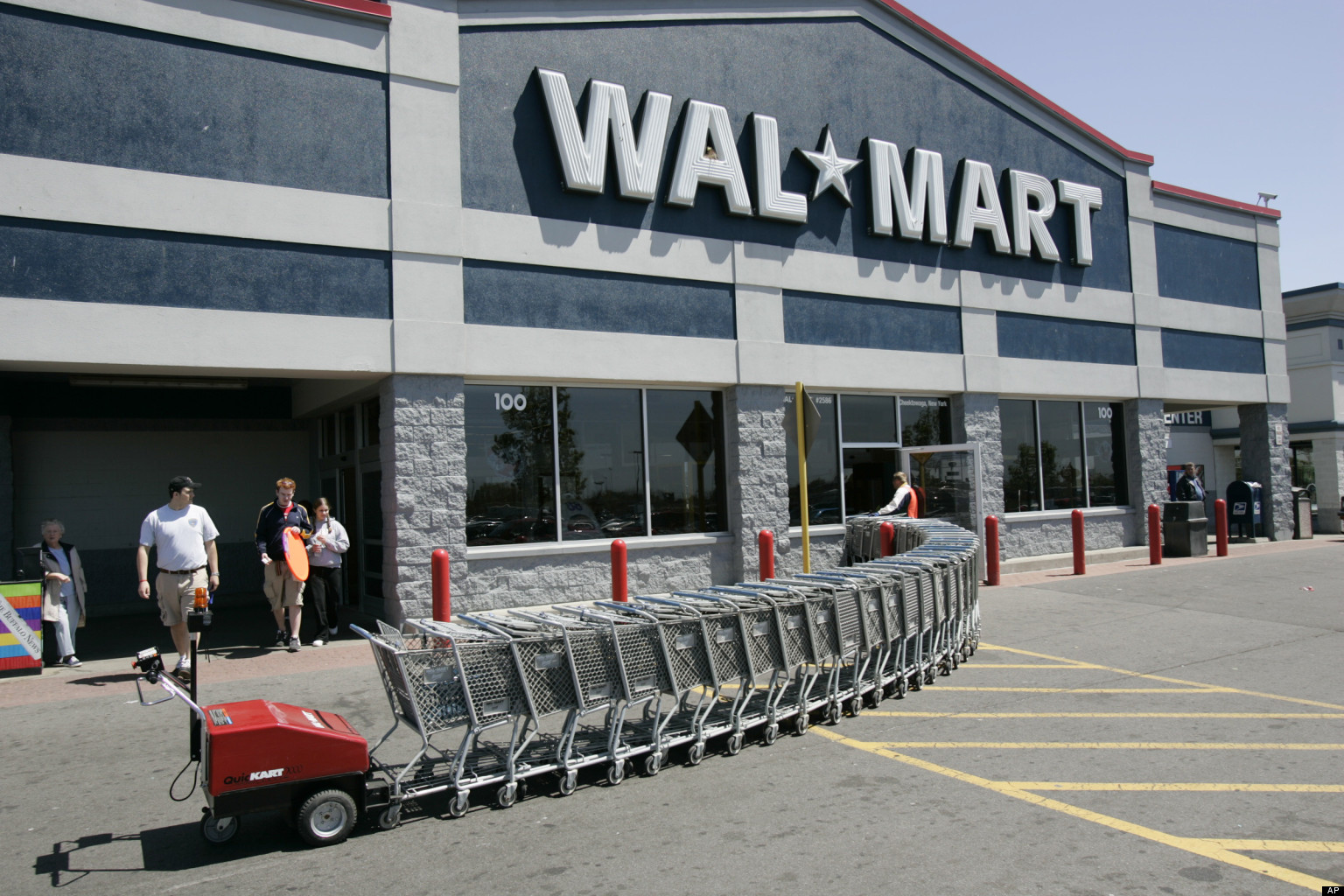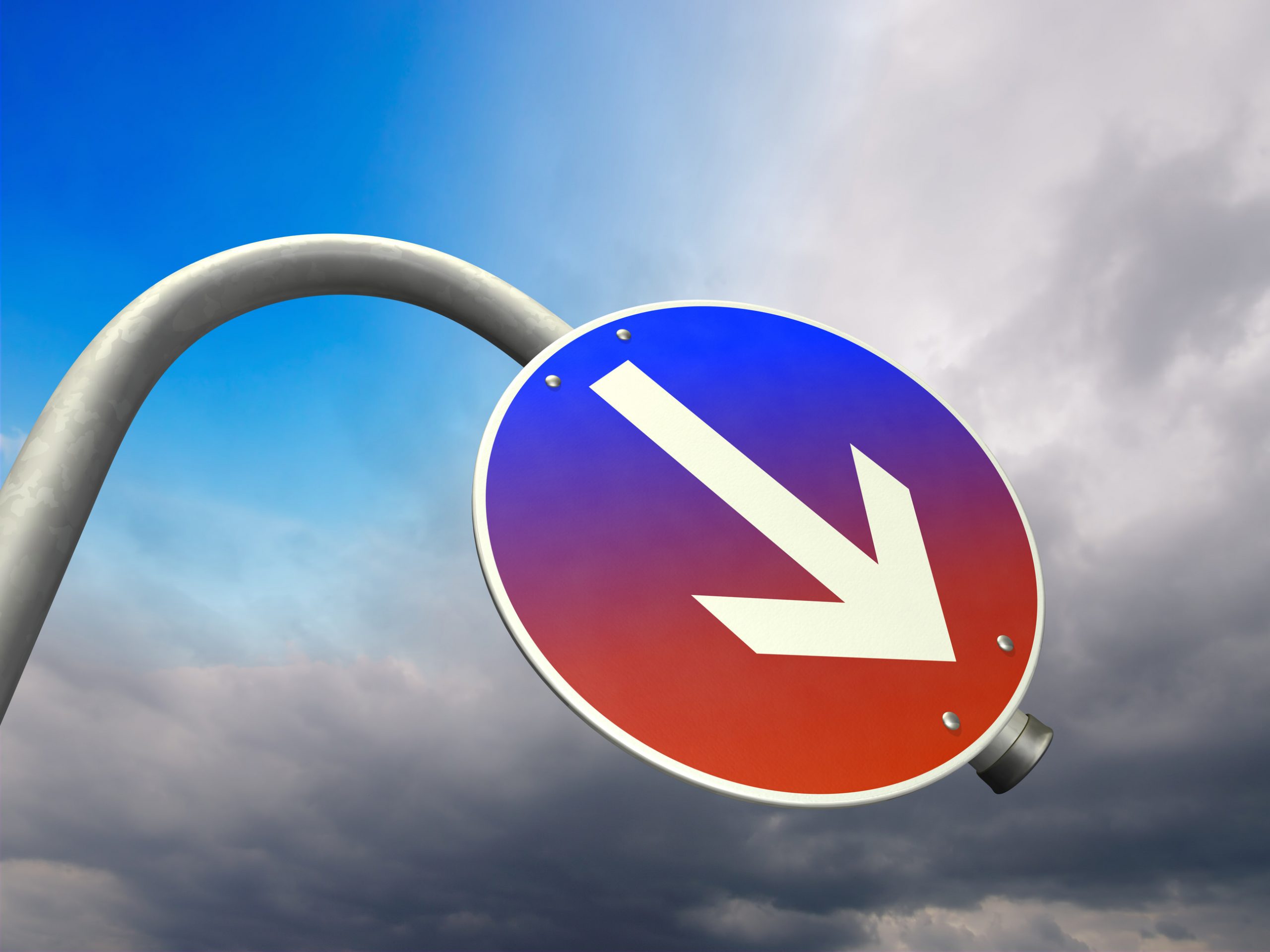by Michael Kahn, Clarity Financial
To normal people, the typical response might be, “What in the name of the almighty are you talking about?
To market geeks likes us, it means the yield curve is as flat as its been since just before the financial crisis and recession.
Still not getting it? Not to worry, you are still normal. The panic in pundit hearts is that a flat yield curve suggests a recession is near. No, not tomorrow, but sometime in the next year or so.
Lazy are we are, we use the spread between the 10-year U.S. Treasury note and the 2-year note as the proxy for the whole curve. The whole curve is actually all the key Treasury rates from three and six months all the way out to 30-years.
Basic Curvology
Normally, these VooDoo articles are mostly time agnostic. However, the current state of the yield curve allows us to cover all sorts of things so I am going to go with it. It will keep, however, once the curve gets more benign again.
Here’s a picture of what everyone calls a normal yield curve (source: StockCharts.com). It is upward sloping as we go from short-term rates to long-term rates. The idea is that investors get paid more to take more risk. And since these are supposedly default-risk free U.S. Treasuries, that risk is interest rate risk. Having your money exposed, i.e. locked up, in longer maturities puts you at risk for rates going higher and your principle going lower.
You know, bond prices and yields move inversely to one another. If you want more, you’ll have to use the google because that will take me too far off track here.
Anyway, that’s the way the world works when things are, ahem, normal. But since the financial crisis and the artificial lowering of short-term rates by they who shall remain nameless (the Fed), this is what the yield curve looked like for the past few years.
Note it still has that nice upward slope. The difference is that the left side (the short end of the curve) starts near zero. Don’t forget, this was smack in the middle of a rip-roaring bull market is stocks so the economy was humming along, albeit at rather low growth.
Next, look at it today.
Most of it is still upward sloping but something is still pretty different in the short-end. The three-month rate is above the 10-year rate. And the two-year is closing in on the 10-year.
I still call this “somewhat” inverted. You still get paid more to take time risk but you get even more to hold cash (T-bills are pretty much cash equivalents). That’s not good.
Now check out what it looked like when it was really inverted just before the stock market peaked and the first major market shock hit is mid-2007. Now that’s inverted.
Where do we go now?
If I knew that, I’d be writing my novel, not a post here. However, there are a few things we can discuss.
The Fed is in a bind. Although the economy is still is pretty good shape, the yield curve DEMANDS they lower their rates. If they do, the curve normalizes a bit and buys us time. Here, if the long-end of the curve falls, too, then we are in deep Chobani. That would mean businesses do not want to borrow for major projects. And home buyers would not be buying, pressuring mortgage rates lower and the rest of long rates lower by extension (tail wags dog but you get the idea).
What if we make long bonds less attractive to foreign buyers with a plunging U.S. Dollar? It’s a bit of chicken or egg but that would lower demand and lower bond prices means higher yields. Too bad the global economy is stinko and the best place for growth is right here.
Higher commodities prices via the lower dollar and, unfortunately for reality, improved global growth. A little inflation would push long rates higher.
And finally, since all of that, except for the Fed, is pie in the sky, what if we got a good deal with China, signed the USMCA (new-NAFTA) and decided to put country above party?
Hmmm…….
We could get the first two, although the second would need a little element of the third.
What’s the real deal with the curve?
The upward sloping yield curve means banks can borrow at low, short-term rates and lend at higher long-term rates. The bigger the spread, the more money they make and the more they want to lend.
Banks, then, should do well with a steep curve. If they don’t, then we got problems.
Inflation keeps the long-end higher because borrowers want to be paid for the risk they take that the money they lend will be worth less when they get it back in 10-, 20- or 30-years. If there is inflation and the long-end stays low, then we got problems.
What if the curve stays flat and there is inflation? Then we got problems. Anyone here old enough to remember the term “stagflation?” A stagnant economy and higher prices.
And now for another bit of current events. A good chunk of the world now has negative interest rates on their debt. You give them money and they give you less back. I suppose that would be great in a deflationary environment, and yes, then we got problems. But right now, I think this is a policy tool, put in place by economic tools, yes, I said it, to ty to stimulate global economies.
Here’s a thought, make them more business friendly and let them be free.
The good news is that if the curve really inverts, the problems don’t really start for a while, and probably not until the curve un-inverts again. You can use the google to read more from real experts on the topic.
And if the U.S. goes negative, there goes the entire saving class.
But for now, the yield curve is simply the plot on a yield vs. maturity chart that shows us where rates are.
Copyright © Clarity Financial















